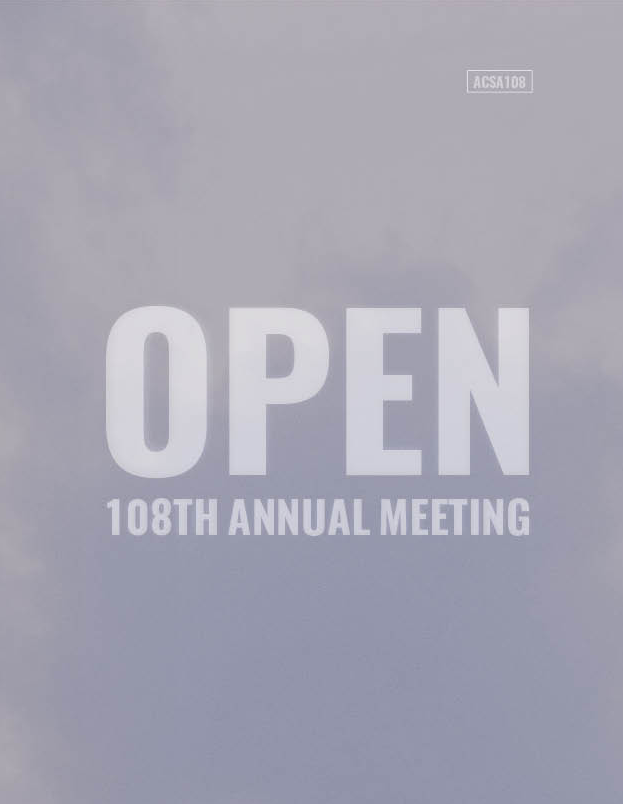Author(s): Brent Sturlaugson
The goal of this paper is to unsettle prevailing assumptions of sustainability in architecture by analyzing the supply chain of building materials. By closely following the transformations of architectural materials and those that transform them, the tangible effects of design become more apparent (e.g. material extraction, environmental pollution, waste streams), and the intangible forces become more visible (e.g. economic incentives, labor abuses, political spending). The paper begins by outlining several theoretical and representational challenges of supply chains, followed by examples of how these ideas can be applied in teaching and practice. Methods of representing supply chains fall into two categories. The first category documents supply chains in abstract or distanced representations, in what Donna Haraway might call “a view from nowhere.” These often take the form of maps, diagrams, or explanatory text that attempt to communicate the networked topology of material production. However, the comprehensive ambition of these representations often compromises their affective appeal. The second category adopts a momentary or situated representational strategy, often in the form of installations, images, or narrative text. These representations aim to highlight specific spaces or embodied relationships that speak to the character of the process, what Haraway might consider the “partial perspectives” that offer a more visceral understanding of a process. These types of representations, however, often risk underselling the extent to which decisions affect distributed sites and relationships. To better grasp the impacts of design, this paper argues for hybrid approaches that draw from both methodological categories. It explores these ideas by describing the format and content of a graduate seminar called “Supply Chain Materialism.” The course itself is structured as a speculative supply chain. At the beginning of the semester, students select an everyday construction material (e.g. steel, concrete, glass, plastic, wood, brick, silicone) and document its transformations alongside the weekly theme. Paired with this independent research, the course offers a range of theories that help frame a more critical understanding of sustainability, drawing on texts in architecture and other spatial disciplines. The course also presents a catalog of spatial practices that align with different stages in the supply chain, including art installations, activist demonstrations, architectural projects, curated exhibitions, and performances. Throughout the semester, students demonstrate their understanding of the course content through three representational techniques. First, students make collages using images clipped from trade magazines. These collages exploit the disjointed nature of material production by juxtaposing images of the seemingly dissociated sites, actors, and effects. Second, they create a narrative that documents specific activities involved in each stage of production of their selected material. Third, students design a folly that highlights the invisible aspects of their reconstructed supply chain. By creating a useless object out of a useful material, the folly seeks to challenge notions about the ubiquitous materiality of building design through techniques of estrangement, hesitation, or defamiliarization. Ultimately, the course exposes students to a broadened conception of sustainability and a widened field for intervention through a careful examination of the supply chain of material production.
https://doi.org/10.35483/ACSA.AM.108.58
Volume Editors
ISBN
978-1-944214-26-5

 Study Architecture
Study Architecture  ProPEL
ProPEL 
